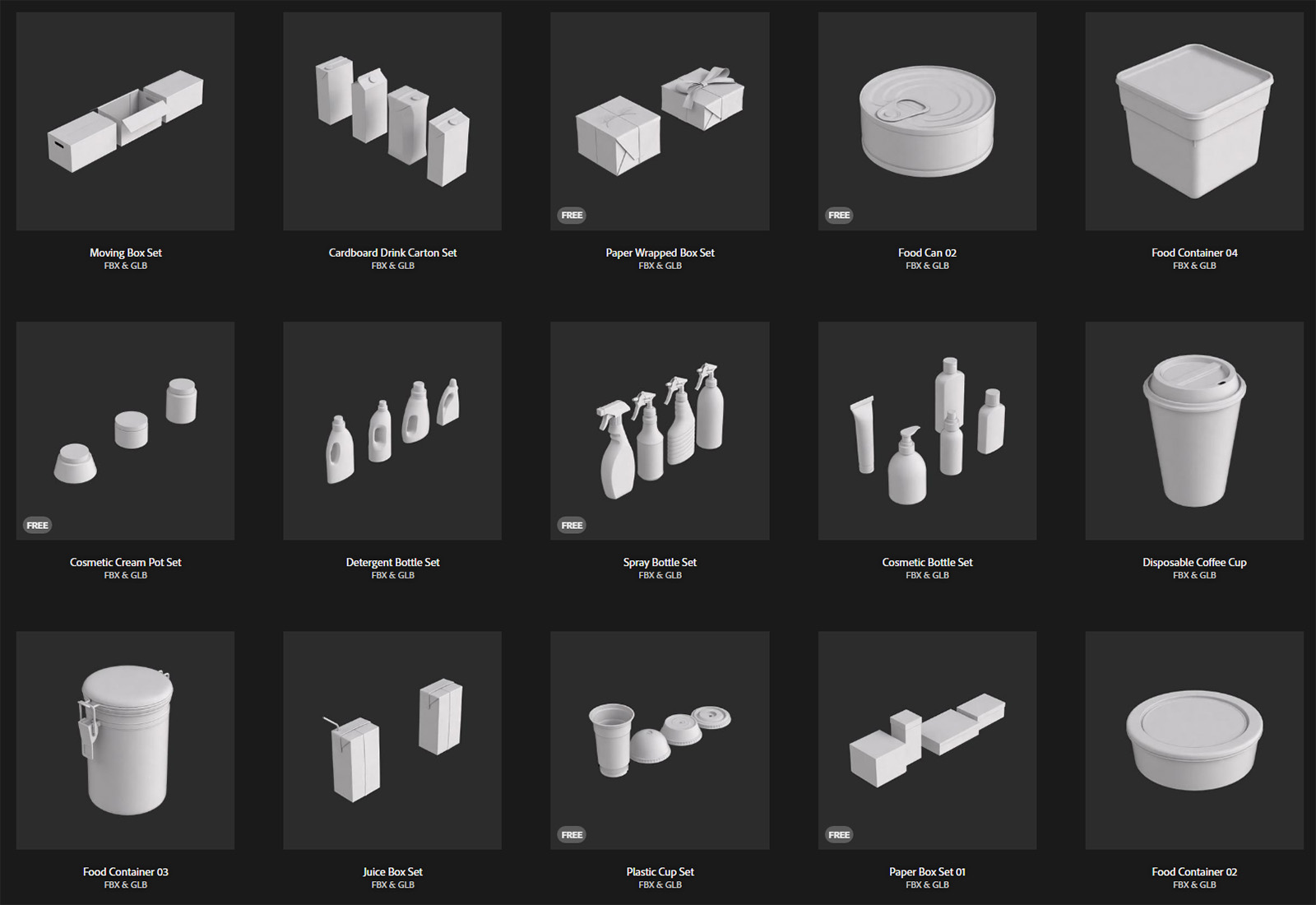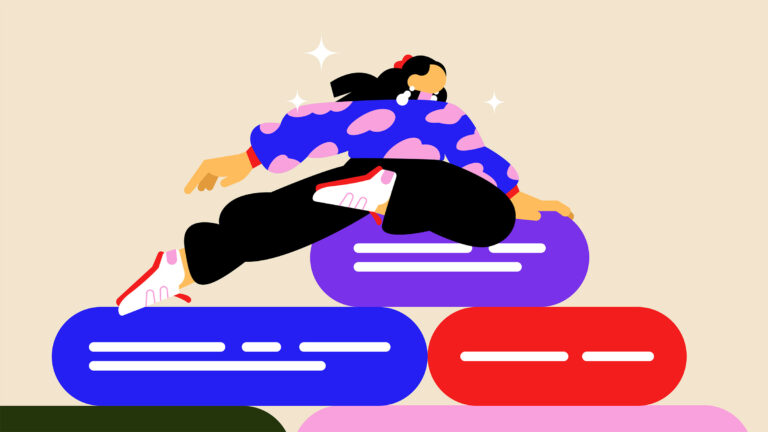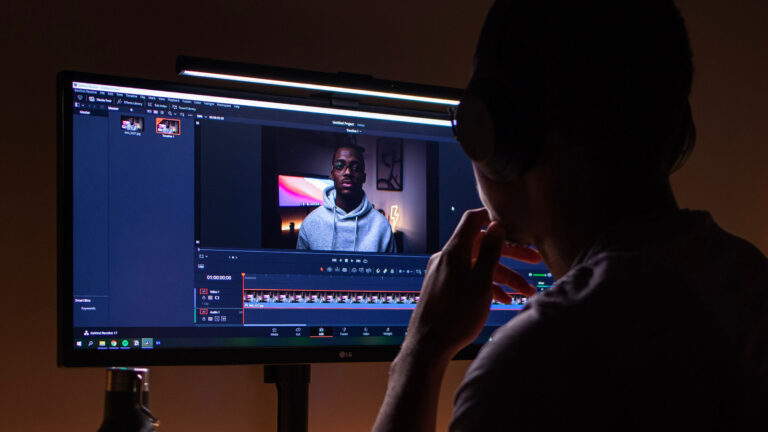In my career, I’ve been privileged to manage some of the most talented creatives you could work with. Among them have been those who combine technical prowess with artistic elegance—motion designers.
If you aren’t familiar with motion graphics, just think about the intros to TV shows and movies, online explainer videos, and even 3D and visual effects. Effective motion designers combine the disciplines of illustration, graphic design, animation, and filmmaking into one. And you’ll typically find them sitting in front of Adobe’s After Effects, or possibly 3D apps like Blender or Cinema 4D.
Perhaps some of the best examples of motion graphics can be found in Kurzgesagt’s YouTube Channel…
Our team has always included motion designers, but I don’t count myself as one. While I can get around Apple Motion pretty easily and I’ve had some experience with Adobe After Effects, understanding the basic concepts does not make me a professional.
So how can you lead and develop motion designers, if you aren’t one yourself? Maybe you’d like to add one to your corporate video team? Maybe you work in tech and see the benefits of motion for demonstrating software in videos?
In this article, we’ll be laying out a solid foundation for any of you who might want to add a motion designer to your team but aren’t sure how to manage them.
Influence, not expertise
Author, speaker, and pastor John Maxwell is famous for saying, “leadership is influence”. This means that you can lead from a position of authority, or a peer relationship. It also means that you don’t need expertise in a particular discipline to lead someone who is talented in their field. I bring this up because in video production we sometimes regulate ourselves to managing people in departments, like the camera department, or editorial.
It’s easy to feel anxious about leading people who have experience or insight that we don’t. But the fundamental goal that you should be aiming at is the growth and development of your team members as individuals. A growing team member will contribute and invest in the team they’re part of.
So the first thing on your mind should be “what opportunities for growth can I bring into this person’s world?” Ask your motion designers how they want to grow, and into what areas. Maybe they want to master typography, color theory, 3D or cel animation. Whatever it is, supporting their goals benefits everyone, and can lead to exciting new styles.

When you provide opportunities for your designer to stretch their wings, they’re more likely to see you as a good leader. Help develop your team members and you won’t experience the insecurity that can come from being a leader with a lack of expertise.
A little knowledge goes a long way
Of course, it helps to know the basics. And the first thing to understand is the difference between the animation of graphics and the creation of the graphics. Generally speaking, your motion designer will focus on creating the motion of assets provided by a graphic designer—though some talented motion designers will do both.
When it comes to the creation of the graphics, it helps enormously to know the correct format. Ideally, graphic assets for use in motion are vector-based, like EPS, AI, or SVG files. These are easily resized because they are basically a mathematical calculation rather than an image file, and will never look pixelated.

If you only have raster-based files like JPG, TIF, or BMP at your disposal, you can use them but they’ll need to be the highest resolution that you have available.
Graphic designers and illustrators use all sorts of apps like Photoshop, Sketch, and InDesign. But if you want to make your motion designer happy, have your graphic designers use Adobe Illustrator. As you’d expect from products from the same developer, After Effects has strong support for Illustrator’s AI files—including layers and paths—and this can make your motion designer’s job much easier.
Lines of communication
It’s also a good idea to encourage lines of communication between your designers. Graphic designers can really simplify things by grouping the parts of objects that will move together into a layer. But they’re unlikely to do this unless they know that it’s required.
It’s not uncommon for motion designers to have to recreate or rebuild compositions that they receive from graphic designers because there wasn’t a good understanding of how to group elements together. And that can lead to frustration and a real loss of efficiency. So the best way for a graphic designer to begin to think like a motion designer is to give them access to online courses in After Effects.
Even if they don’t see themselves becoming an animator, this will help them to understand what a motion designer needs. And once that switch flips, the whole creative team benefits.
Getting in early
Another way to help illustrators and graphic designers understand motion better is to bring them into the storyboard process. Having them work with a script and mock-up a storyboard helps them shift to their perspective beyond the constraints of the framework they’re used to—ads and web pages typically display static information, so graphic designers employ different techniques to indicate visual priority.
However, when you are designing for motion, you have a much wider range of tools to work with—like time, movement, dynamics, velocity, and depth. For example, a (western) print-based graphic designer might depend on left-to-right/top-to-bottom reading conventions or font sizes and styles to guide the reader’s eye. A motion designer might instead feed you the info piece at a time, like a movie trailer or title crawl.
It may take a while,as your graphic designers become more familiar with the language of motion, they may be able to offer additional insights. Particularly as they start to think in z-space (depth).
Going deeper
Graphic designers will already be familiar with depth to an extent—they work with layers, after all. But they won’t necessarily consider how design elements can move across the z-axis. Things can zoom in or out. The viewpoint can tumble through a scene. Individual elements of one element can be zoomed into and those can give way to the next graphic.
Thinking about these kinds of transitions will help graphic designers to think a bit more like motion designers and bring life into their storyboards. The benefit of this process is now your graphic designers will create assets with the tools of time and movement in mind.
It’s helpful to explain the concepts of build-in, rest, and build-out.
I’ve found that in collaboration efforts with non-motion designers it is helpful to explain the concepts of build-in, rest, and build-out. A graphic designer typically considers only the “rest” state, where the title or graphic is fully displayed.
So take that as your foundation and encourage them to think about how a graphic enters (build-in) and exits the frame (build-out). From there you can help your collaborators to consider how the build-out of one object leads into the build-in of another element.
Talking typography
If there is one skill that separates great motion designers from good ones I would say that it’s typography. Typography is the displaying of copy through the refined processes of selecting fonts, spacing, weight, and color. And learning this art takes time. It’s like editing.
When done well, it’s invisible. Done poorly, it draws attention to itself and away from the story being told. Every aspect of it matters. Get the color, font, size, line spacing, or kerning wrong and the viewer will see it. Especially if the typography is driving the entire piece…
So just as graphic designers can learn from motion designers, this is an opportunity for motion designers to benefit from an exchange of ideas. By learning to better determine the legibility, personality, and effectiveness of a message, motion designers can lift their game higher while building a mutual respect for their graphic designers.
Another dimension
The next area that you can challenge your motion artists to grow in is 3D. Applications like Blender, Maya, Cinema 4D, and 3DS Max allow designers to craft, texture, and light three-dimensional objects. This skill adds a whole new dimension to the work, and the 3D files created in these applications can usually be imported into After Effects.
The big challenges with 3D are time and cost. It takes time to learn the software and time to iterate the models you create. And while Blender is free, other 3D modeling applications can be expensive, making them hard to justify for small teams that don’t already employ 3D modeling in their motion graphics pipeline.
My advice here is to start small—maybe with a simple model like a product box—and ramp up over time as your motion designer’s confidence and skills grow. It’s also worth noting that you don’t have to create 3D models from scratch; there’s a massive market for pre-built 3D objects to get you up and running sooner.

Just don’t be surprised at how long it takes to render out even small projects, and expect to receive requests for faster hardware to handle the extra demand. While it’s awesome for the professional growth of a motion designer to learn 3D, just make sure that you don’t get in over your head too quickly.
From script to animatic
Successful motion projects require solid planning, which starts with the script. So have your motion designer work with your writers to give them an idea of the visual feel. It can be very helpful for them to bring initial mood boards or visual references to the table at the script stage. Visuals can influence writing and writing influences visuals (and a good animatic can help to guide the entire team to a successful outcome).
A solid collaboration between “art & copy” can create genuinely innovative work. Then allow for the motion designer to work up a basic animatic, which can be a set of sketches that zoom in and out, or a basic animated sequence. This moving storyboard will give a sense to the whole team if a concept will work. Then you can take another pass at the script and really finesse it so that you get all the beats right where they belong.
This will also help to get the motion and graphic designers involved with the development stage of a project. That might be outside the comfort zone for some people, but it will improve the project immensely.
The right feedback at the right moment
Nobody likes redoing work. But as professionals, we realize that you have to go back sometimes and rework things to make it right. This is where the steps of mood boards, storyboards, animatics, and rough drafts, come in. It’s critical to ask questions along the way and learn what aspects of the work in progress are representative of the final product at each stage.

It’s very easy to get overly deferential and not ask the questions that are in the back of your mind when viewing work at the intermediate stages. But if things are caught, they can get baked into the final product with a mismatch of expectations. Try to be constructive and avoid direct criticisms like “I hate it”, or “it’s awful”. Instead ask, “can you tell me more about why you chose..?”
If your feedback is caustic, you’ll be depleting the very resource you need to fix your problem.
Be thoughtful. Good designers pour themselves into their work, which is why I call it soulwork. And by the time it gets to the review stage, they might be running on empty—and you need them to care enough to build the solution you’re looking for.
If your feedback is caustic, you’ll be depleting the very resource you need to fix your problem. So always handle the feedback process with humanity and care, even if you’re having a bad day.
Celebrating the wins
And finally, always take a moment to emphasize the importance of celebrating great work once it ships out the door. It’s too easy to move onto the next thing. Publicly recognize the talent that goes into making the motion graphics and you’ll build an atmosphere of teamwork.
Be certain that motion designers nearly always put more effort into the project than they initially thought it would take, so recognize and celebrate their efforts.
These principals will help you lead motion designers, even if you’ve never animated anything. And hopefully your entire team can walk away from your projects with a genuine sense of joy and anticipation for the next challenge.




